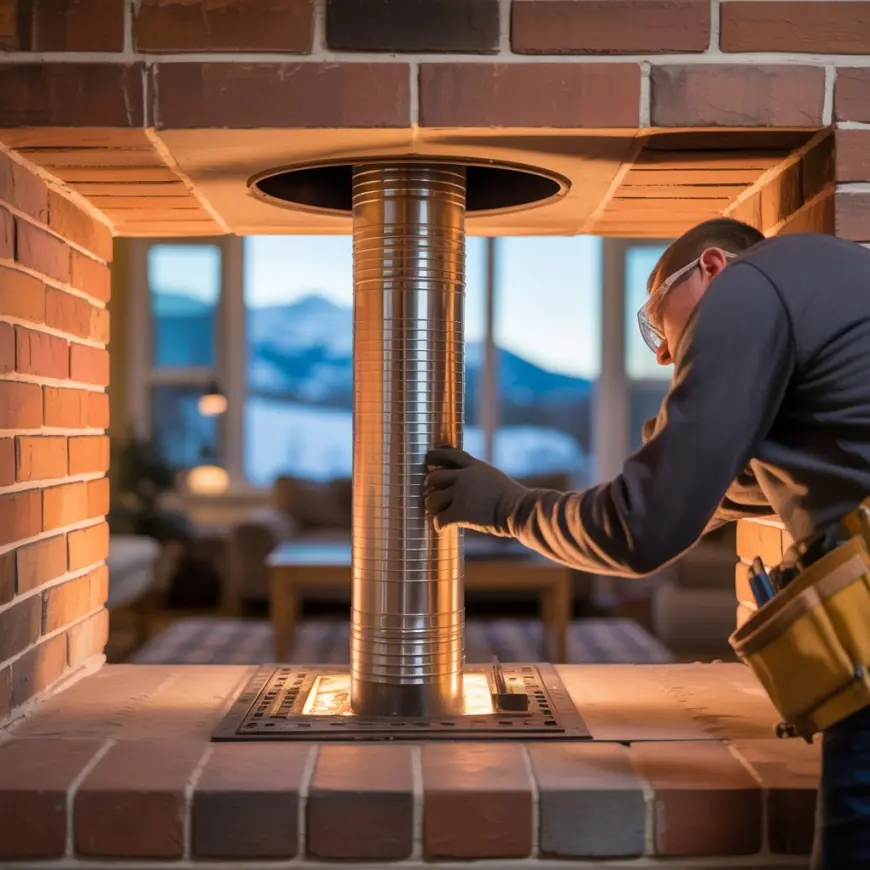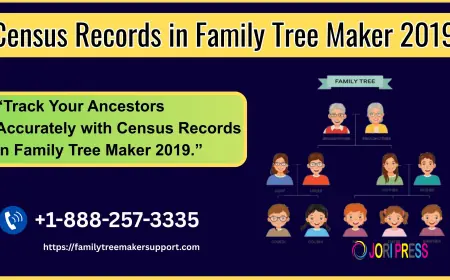When Is the Right Time to Inspect a Colorado Springs Chimney Liner
Get expert Colorado Springs chimney liner installation for safety, efficiency, and fire prevention. Schedule your chimney liner service today!

You know how some things work so quietly in the background that we barely think about them? That’s exactly how most people treat their chimney liner. It’s tucked away, out of sight, doing its job silently while you enjoy warm fires in the winter. But here’s the catch: if your chimney liner fails, it can cause some serious issues. That’s why knowing when to inspect your Colorado Springs chimney liner isn’t just a good idea—it’s a must for keeping your home safe and sound.
If you’ve never given your chimney liner much thought, don’t worry—you’re not alone. Let’s break it down together in a way that actually makes sense, no fancy technical language needed.
1. Why the Chimney Liner Matters More Than You Think
So, what’s this liner we keep talking about? Picture it like a protective jacket that lines the inside of your chimney. It keeps the hot air, gases, and soot from seeping into the walls of your home. Without it, you're exposing your house to things like dangerous gases, fire risks, and even water damage.
Think of it like this:
“Your chimney liner is the unsung hero standing between cozy fires and unexpected disasters.”
2. How Often Should You Inspect a Chimney Liner in Colorado Springs?
Let’s get straight to it. If you’re wondering how often to inspect your chimney liner, here’s a simple rule: once a year is the sweet spot. But sometimes, life throws a curveball, and you might need to take a closer look sooner.
Here’s a handy table that sums it up:
| Situation | When to Inspect |
|---|---|
| Regular use (annual fireplace usage) | Once every year |
| After a chimney fire or heavy smoke | Immediately after the event |
| Buying a new home with a fireplace | Before you light your first fire |
| Not used chimney for years | Before resuming use |
| Switching fuel types (wood to gas, etc) | Before making the switch |
Colorado Springs winters can be brutal, so if you use your fireplace often, keep that yearly inspection on your calendar like a dental appointment you don’t want to skip.
3. What Are the Signs You Shouldn’t Wait for Inspection?
Even if you’ve already had your annual inspection, sometimes your chimney will wave a few red flags that shouldn’t be ignored. Here are a few you’ll want to pay attention to:
-
Weird smells (especially smoky or musty ones)
-
Visible cracks around the chimney crown or firebox
-
Bits of flue tiles or debris falling into your fireplace
-
Smoke backing into the room when the fire’s on
-
Unusual amounts of soot or discoloration
If anything on this list sounds familiar, don’t wait for your calendar to tell you it’s inspection time. That chimney liner could be trying to tell you something.
4. What Happens During a Chimney Liner Inspection?
Let’s clear the air—an inspection isn’t as intimidating as it might sound. When you call a pro like us at Colorado Springs Chimney Liner, here’s what usually happens:
-
Visual Check: First, we look inside the flue for obvious signs of damage, debris, or buildup.
-
Camera Inspection: We often use a small video camera to inspect hard-to-see areas for cracks or wear.
-
Draft and Flow Testing: We check if air and smoke are flowing out properly—no blockages, no backups.
-
Liner Integrity Check: We assess whether your liner is still doing its job or if it’s time for a replacement or repair.
A typical inspection doesn’t take too long, and it can save you from much bigger headaches later—like carbon monoxide leaks or house fires.
FAQs: Quick Answers to Common Questions
Q1: Can I inspect my chimney liner myself?
A: It’s possible to spot some surface-level issues, but the liner runs deep into the chimney where it's not easy to see. Professional tools (like cameras) are usually needed for a thorough check.
Q2: What if I don’t use my fireplace often—do I still need to inspect it yearly?
A: Yes, because even unused chimneys can be damaged by weather, animals, or moisture buildup.
Q3: What happens if my chimney liner is damaged?
A: It may need repair or replacement, depending on the severity. Ignoring it could lead to dangerous conditions like fire hazards or gas leaks.
Q4: Is liner inspection included in a general chimney sweep service?
A: Not always. Some sweep services only clean without inspecting the liner’s integrity. Be sure to ask!
Conclusion: Don’t Wait for a Problem to Notice Your Chimney Liner
Your chimney liner might not be something you think about every day, but it plays a huge role in your home's safety—especially during those cold Colorado Springs nights. Whether you light fires all winter long or just enjoy the occasional one, inspecting your chimney liner is a step that should never be skipped.
At Colorado Springs Chimney Liner, we believe peace of mind starts with a clean, safe, and properly functioning chimney. So whether it’s been a year since your last check or you’ve never had one, the right time to inspect your chimney liner is now—before a small issue turns into a big, expensive one.
Ready to book your inspection or have questions? Reach out today. We’re here to keep your fireplace warm and your home safe.
Read More: Colorado Springs Chimney Sweep
What's Your Reaction?
 Like
0
Like
0
 Dislike
0
Dislike
0
 Love
0
Love
0
 Funny
0
Funny
0
 Angry
0
Angry
0
 Sad
0
Sad
0
 Wow
0
Wow
0


















































